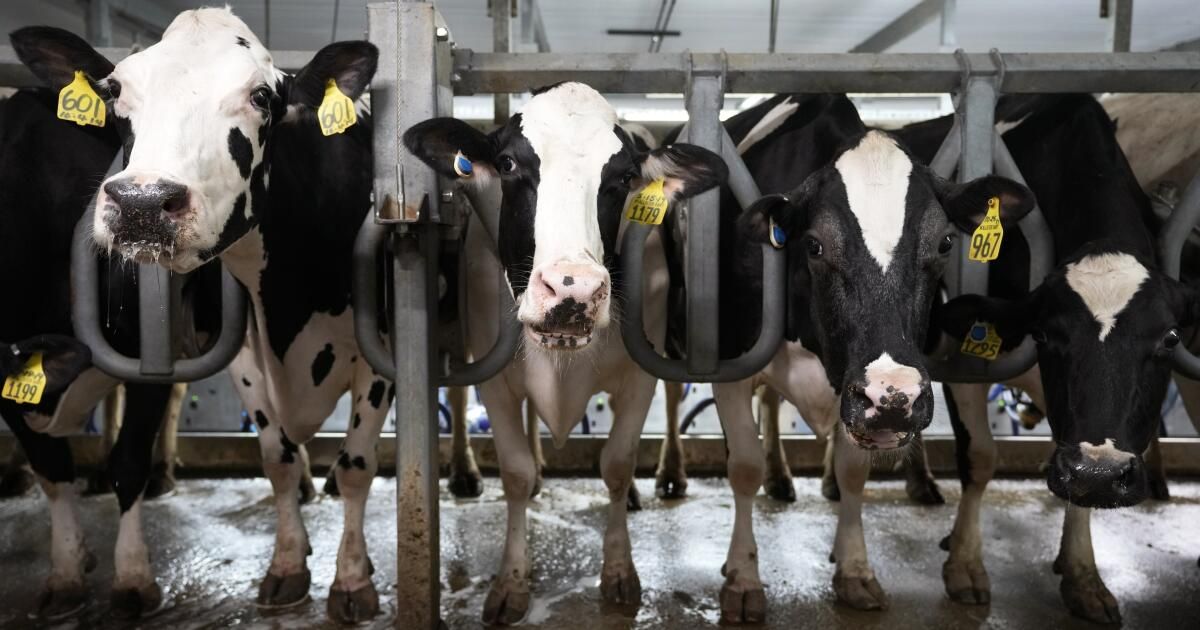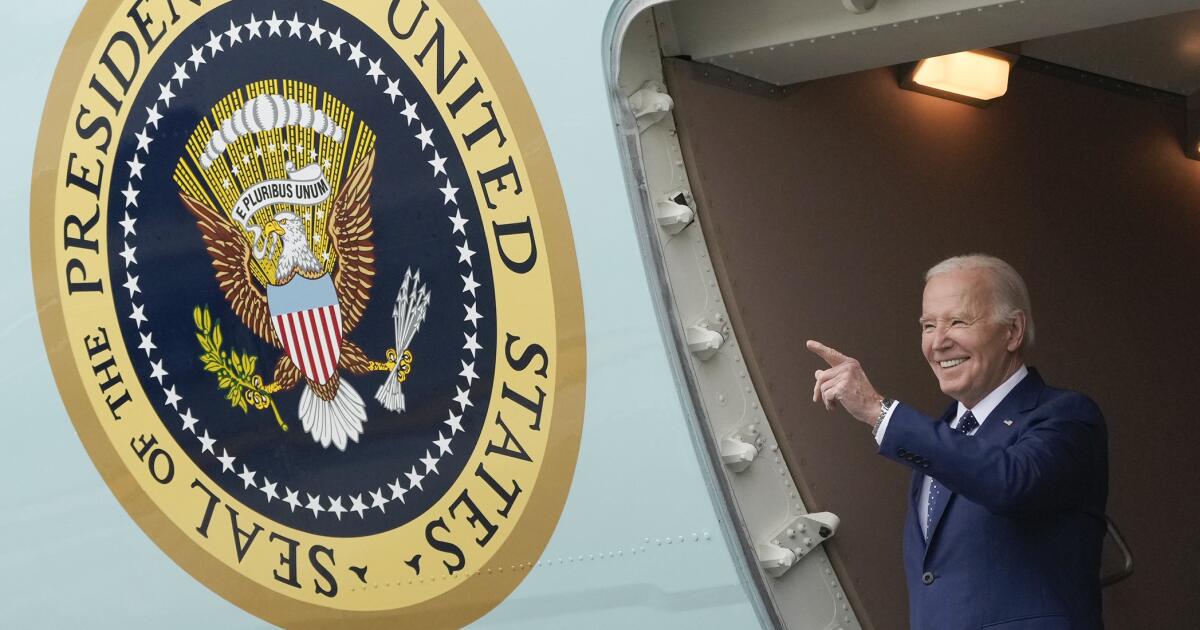If the last two years are any indication, bird flu isn't just for birds.
Highly pathogenic avian influenza, also known as H5N1, has been confirmed in 101 dairy herds in 12 states since March, with Michigan, Texas and Idaho leading the way. Even more concerning is that three human infections have been confirmed so far among U.S. dairy workers. Evidence of transmission from cows to domestic and wild birds, and even to dairy farm catshas also been found.
Since early 2022, wild birds have taken the blame for the spread of the current version of H5N1 to domestic bird populations, ranging from backyard flocks to farms housing several million animals. Viral diseases commonly spread within the same or similar species. But the alarms go off when they make the jump to species unrelated to the original host.
The latest spread from birds to dairy cattle is particularly concerning because of the virus's ability to spread undetected in cows that are in close contact with vulnerable dairy workers and produce meat and milk that can enter the food supply. The current strain of bird flu has infected at least 48 species of mammals global and recent reports indicate a new transmission from mammal to mammal, even from cows directly to humans.
Officials still consider the public health threat low. But even if the spread doesn't increase, it should be a warning to the federal government and the dairy industry.
Every year, million dairy cattle They are transported long distances in the US in grueling conditions: deprived of food, water, and protection from extreme heat and cold. The stress of transportation also compromises the animals' immune systems. In particular, hundreds of thousands of newborn calves They are transported on trips that can exceed 1,000 miles. Male calves, typically considered “low value byproduct”of the dairy industry used for the production of veal or beef, they are often fed unpasteurized waste milk, putting them in high risk of contracting H5N1, according to the United States Department of Agriculture.
Livestock transportation is federally regulated by the Twenty-Eight Hour Law, which requires that animals traveling domestically for more than 28 hours be unloaded for food, water and rest, and the Animal Health Protection Act. , which gives the USDA broad authority to restrict the movement of animals to control diseases. Livestock transported across state lines must also comply with the receiving state's import restrictions, which may require the animals to have veterinary inspection certificates.
In theory, these laws act as important tools to protect animal health and food safety. Unfortunately, the application of the Twenty-Eight Hour Law is practically non-existent, according to investigation conducted by my organization, the Animal Welfare Institute.
Furthermore, neither the Twenty-Eight Hour Law nor the Animal Health Protection Law establish specific requirements to ensure that animals are healthy and strong enough to travel. Although veterinary inspection certificates can help track the movement of infected animals during a disease outbreak, this system inevitably falls short. This is because pre-transport animal health assessments often amount to a quick visual inspection for external signs of communicable diseases rather than a verification that the animals can physically endure the journey. Humane livestock management experts, including Temple Grandin, consider “fitness for transportation” to be a crucial determining factor in the protection of food safety and the health and well-being of animals.
Veterinary inspections are not even mandatory for all transported animals, including many of the approximately 3 million “slaughtered” animals. Milky cows sacrificed annually. These animals often suffer from debilitating conditions that increase transportation-related stress and immunosuppression. Meanwhile, of the more than 97 million U.S. birds affected by H5N1 since 2022, most have been culled to mitigate disease transmission. Many died horribly after their owners induced heat strokeaccording USDA records.
This month, Rep. Dina Titus (D-Nev.) introduced federal legislation that would help address health and safety gaps. The Humane Farm Animal Transportation Act would direct federal officials to develop a process to enforce the Twenty-Eight Hour Law, increasing active monitoring of long-distance transportation. The bill would also prohibit the interstate transportation of livestock deemed unfit for travel based on criteria of the World Organization for Animal Health, the international authority on animal health and welfare.
New research suggests that a single event of contagion of the H5N1 virus from birds to livestock occurred in Texas last year. Subsequent cattle shipments carried the disease to distant herds across the country. Stricter regulation may have limited the spread.
When billions of animals are intensively raised, transported and slaughtered each year, conditions are ripe for pathogens to mutate, spread and seriously endanger public and animal health. The Humane Transportation of Farm Animals Act alone cannot stop the spread of bird flu. But it would boost essential efforts to monitor the millions of animals (and their pathogens) that regularly cross state lines.
Gwendolen Reyes-Illg is a veterinary medicine consultant for the Animal Welfare Institute.











